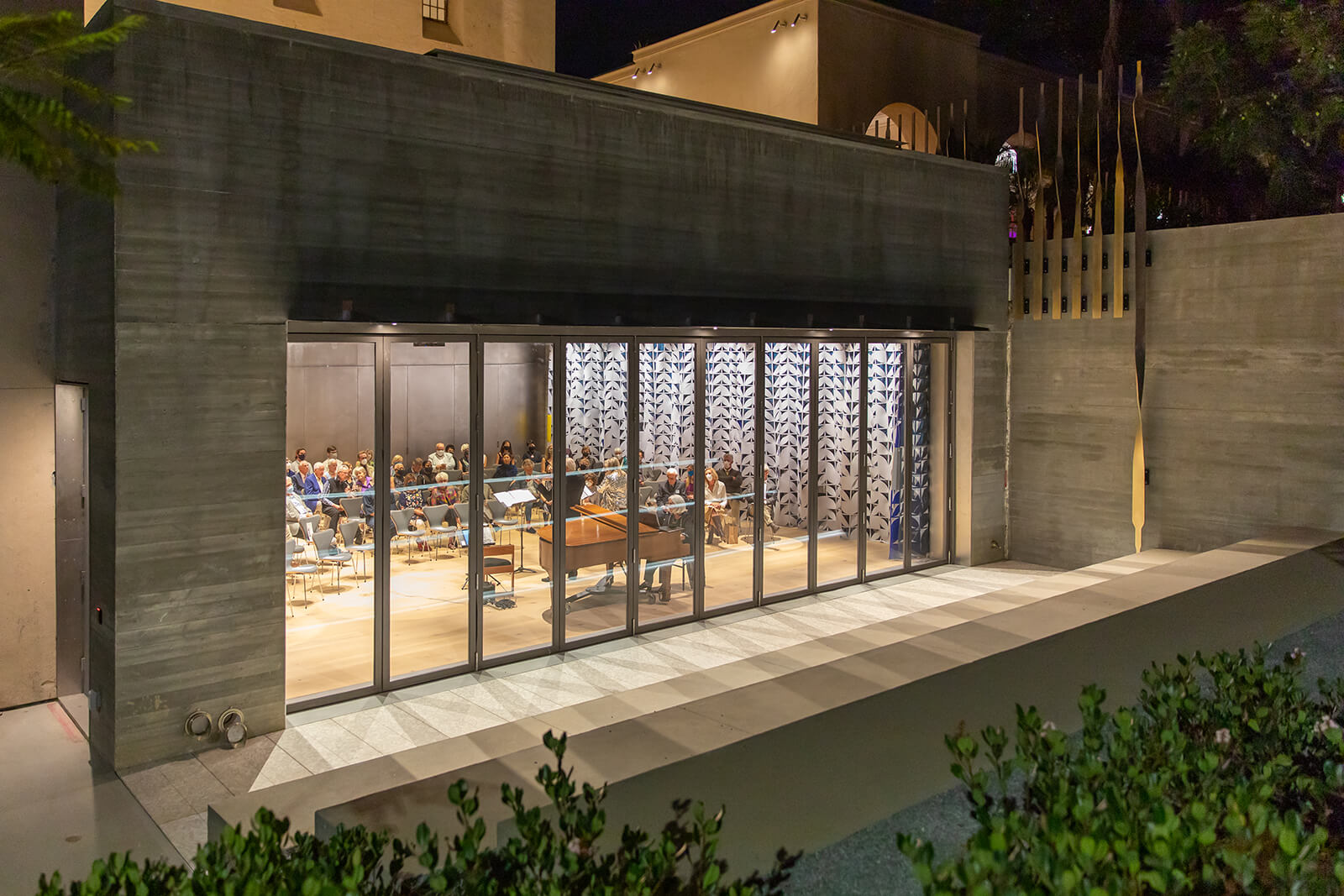Mingei International Museum
An inspired makeover of the esteemed museum dedicated to objects made both by unknown craftspeople and by renowned designers.

Mingei International Museum
COURTESY: Mingei International Museum
“WHEN I SAW it, my heart fell. A good tea bowl, yes, but how ordinary!” This is how Sōetsu Yanagi described his first encounter with the Kizaemon chawan, which came eventually to occupy a central position in his theory of mingei (roughly, “everyday people’s art”). He eventually perceived in the historic Korean bowl a rustic but powerful alternative to the modern, cosmopolitan tastes of his time. “The natural, the innocent, the humble, the modest,” he wrote. “Where does beauty lie if not in these qualities?”

Mira Nakashima from a design by George Nakashima, ‘Frenchman’s Cove III’, designed 1959, created 1996
COURTESY: Paul Rivera & Nic Lehoux
It’s a good question, and it resonates even more strongly today, when the most sophisticated designers are animated by a desire to connect, simply, with the material world around us. This principle lies at the heart of mingei. And now, in San Diego, a thoroughly reimagined museum is ready to extend that legacy.

The Gallery Level
COURTESY: Mingei International Museum
Founded in 1978 by potter Martha Longenecker, the Mingei International Museum has always been a local favourite – not least because of its location in Balboa Park (the site of the 1915 Panama-California Exposition), and its wonderful collection of folk art and craft from around the world (over 25,000 objects from 141 countries, and counting).

George Nakashima, ‘Conoid’ bench, 1960; Christina Kim, ‘liquid2solid’ curtains
COURTESY: Mingei International Museum
The institution’s weak point has always been its physical infrastructure. But no longer. An inspired redesign by San Diego’s Luce et Studio has utterly transformed the place, vaulting it to the top echelon of craft museums worldwide. Gorgeous details abound: ceilings evoking folded origami paper; hangings in recycled fabric by Dosa’s Christina Kim; Billie Tsien’s EAST/WEST bench, built around a gnarled tree burl.

The new theatre
COURTESY: Mingei International Museum
The architecture itself is the real star. The building now opens itself generously to the public, with a spacious café and shop area and an indoor/outdoor theatre. Its central stair, torqued around a particularly ravishing Chihuly chandelier, is entirely faced in hand-applied plaster.

Dale Chihuly, ‘Mingei International Museum Chandelier’, 2005
COURTESY: Mingei International Museum
And the light-filled library might just be the best place to read about craft in America. Next time you’re in town, pull Yanagi’s book The Unknown Craftsman off the shelf, sit down at a George Nakashima table, and occasionally lift your eyes to the galleries just beyond. Beauty never looked better.

The Frances Hamilton White Art Reference Library
COURTESY: Paul Rivera & Nic Lehoux







